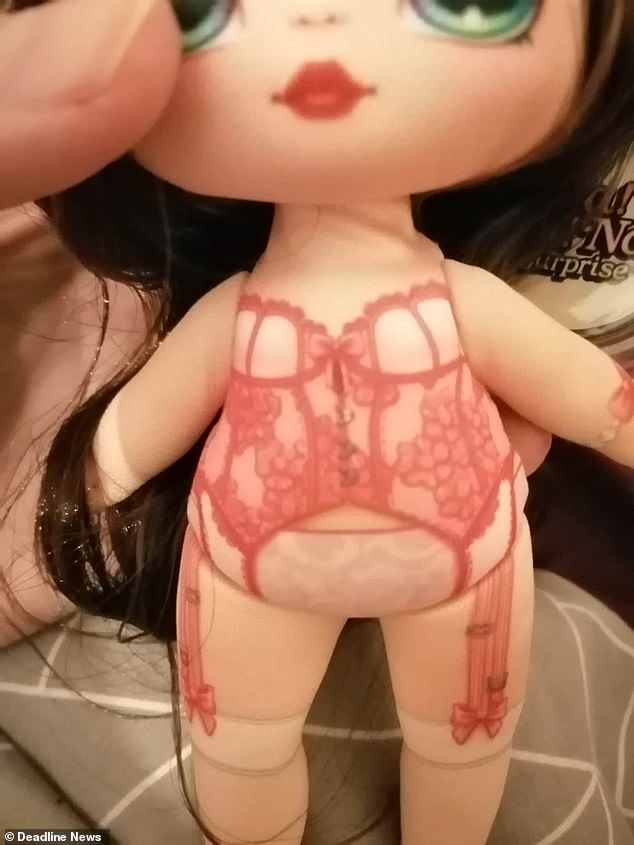

Following Judith Butler’s theory of performativity of the gender, the author challenges the idea of gender as biologically determined but rather as an identity that is socially constructed (Butler, 1999). This means, that a gender is an act, not something that is. Understanding that genders are socially constructed is comprehending that acting a gender is acting through a set of norms that are naturalized, where sex is the physical foundation where “gender operates as an act of cultural inscription” (Butler, 1999. p.186). Furthermore, this is a set of norms that we act upon, a given gender signifies a set of categories we ascribe to.
While we are not aware of the design decisions that took place when designing this doll, examining this doll through the lens of gender performativity, the clothes, and accessories that keep company to the dolls reinforce gendered conceptions of toys for girls as they perpetuate expectations of beauty and femininity as toys can act as gender scripts (Rommes et al.,2011).
This doll can be analyzed as a reflection of existing gender norms but also some questions may arise while looking at the design. If this is a baby-like doll, why are the clothes so revealing or adult-like? Why the tattoo on a baby-like doll? These characteristics seem incongruent with an infantile appearance. At the same time, there have been other models of dolls that sparked controversy over their clothes. Parents have expressed their outrage over dolls' clothes on social media as they appear to be overly sexual for girls (Ritschel, 2021). At the same time, other dolls reveal new clothes when they are immersed in water. This was also a cause of controversy as the dolls revealed they were wearing lingerie (Carey, 2020). While playing with toys it’s only one way of learning about gender roles, heavily gendered stereotype dolls can only enforce the gender binaries and roles that already exist (Hudson, 2021).


Pictures from Daily Mail.